Good morning, fellas!
Hope you're all doing well.
So, here are some samples of what I've commented and worked on. These are manuscripts from the same composer, one from 1911 and the other from 1910.
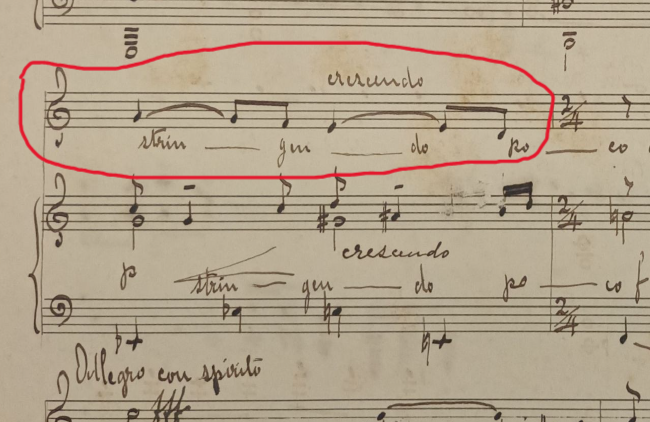
- Captura de tela 2025-04-18 091338.png (374.43 KiB) Viewed 13554 times
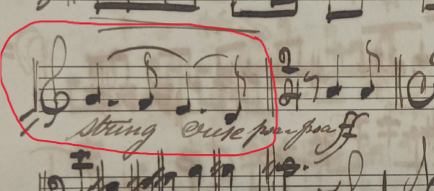
- Captura de tela 2025-04-18 091623.png (140.46 KiB) Viewed 13554 times
Here is one example of how the composer changes his writing on grid and on the solo part. I engrave exactly what he did on the solo part, but, as often happens, what if didn't have the solo part? That would not make a big difference, of course, the output at the performance would be the same, but perhaps it would during reharsals...
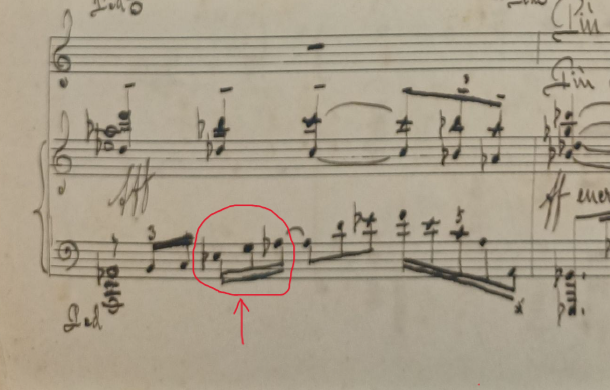
- Captura de tela 2025-04-18 091805.png (302 KiB) Viewed 13554 times
This sample is from the same work, at the end of the last movement... this a clear mistake of rhythm. The composer places triplets of 16th note at

time signature. He should have placed triplets of 8th note instead, as he did in other similar passages.
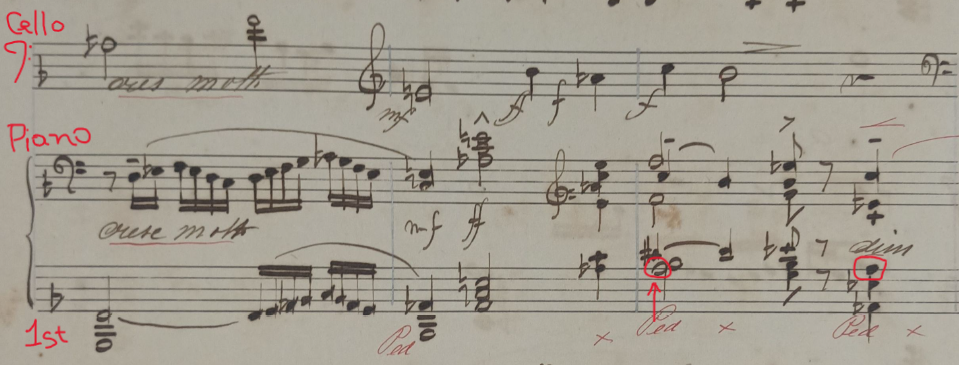
- Captura de tela 2025-04-18 093217.png (489.26 KiB) Viewed 13554 times
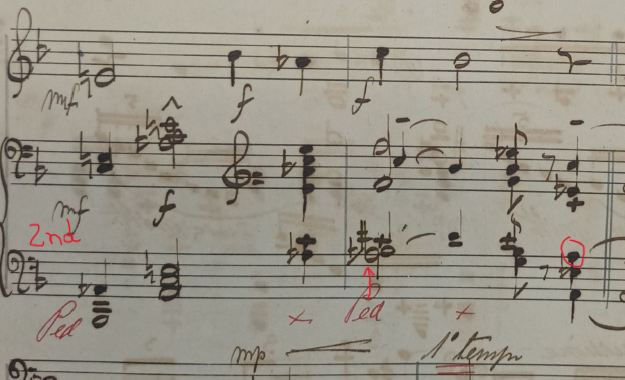
- Captura de tela 2025-04-18 092404.png (357.75 KiB) Viewed 13554 times
These passages are from the last movement of a sonata and they also show mistake... the first pic is from bars 3-5 and the second is the reexposition in bars 139-140. In the first pic, the composer forgets the A-flat on the left hand on the piano part and later creates a dissonance between A-flat on the bass and on top left hand note. In the second pic, he writes A-flat and creates no dissonance later. This is clear for me this is an example of mistake, but I engrave it just like it is written anyway because I have no intention to do an editing/review work. Although I acknowledge the importance of the engraving work for preserving the music culture of a country and perpetuate the national memory, I am very cautious with engraved/not published scores. There are a lot of people working of Finale, Sibelius, MuseScore to engrave manuscripts without a proper attention to details, skipping/overlooking the hard and boring part: rechecking. I don't know how publishers work, but I assume the major ones check and recheck details exhaustively before scores becomes available for selling. I work as a collaborator pianist at the Music Department of a public university and I often work with graduate students. Most times when their researches approach the music of non-living composers which still in manuscripts, they are asked to engrave the work(s) and include in their dissertations as attachment. When they come to me with the engraved to rehearse and then perform, the first thing I ask them is to send me the manuscript as well... and I often find mistakes. Of course they are not professional editors/engravers but, once one assume that role, it has to be done carefully. It doesn't need to be perfect, but it has to be well done... and it is always a work in progress!
About Finale, I use it because it is no longer being updated, so I could find the last version for free the web. Since it's the same software I used to work years ago, I keep working today with all the resources it's got until the last update. Still needa learning more though... about the keyboard, I'd never heard of it. I use a Logitech K120, which is the standard type keyboard used in Brazil. Even though there are more keys than on iMac or Macbook, it is impossible for me to memorize all the shortcuts for the infinite Maestro/Finale Maestro characters.
Peace!